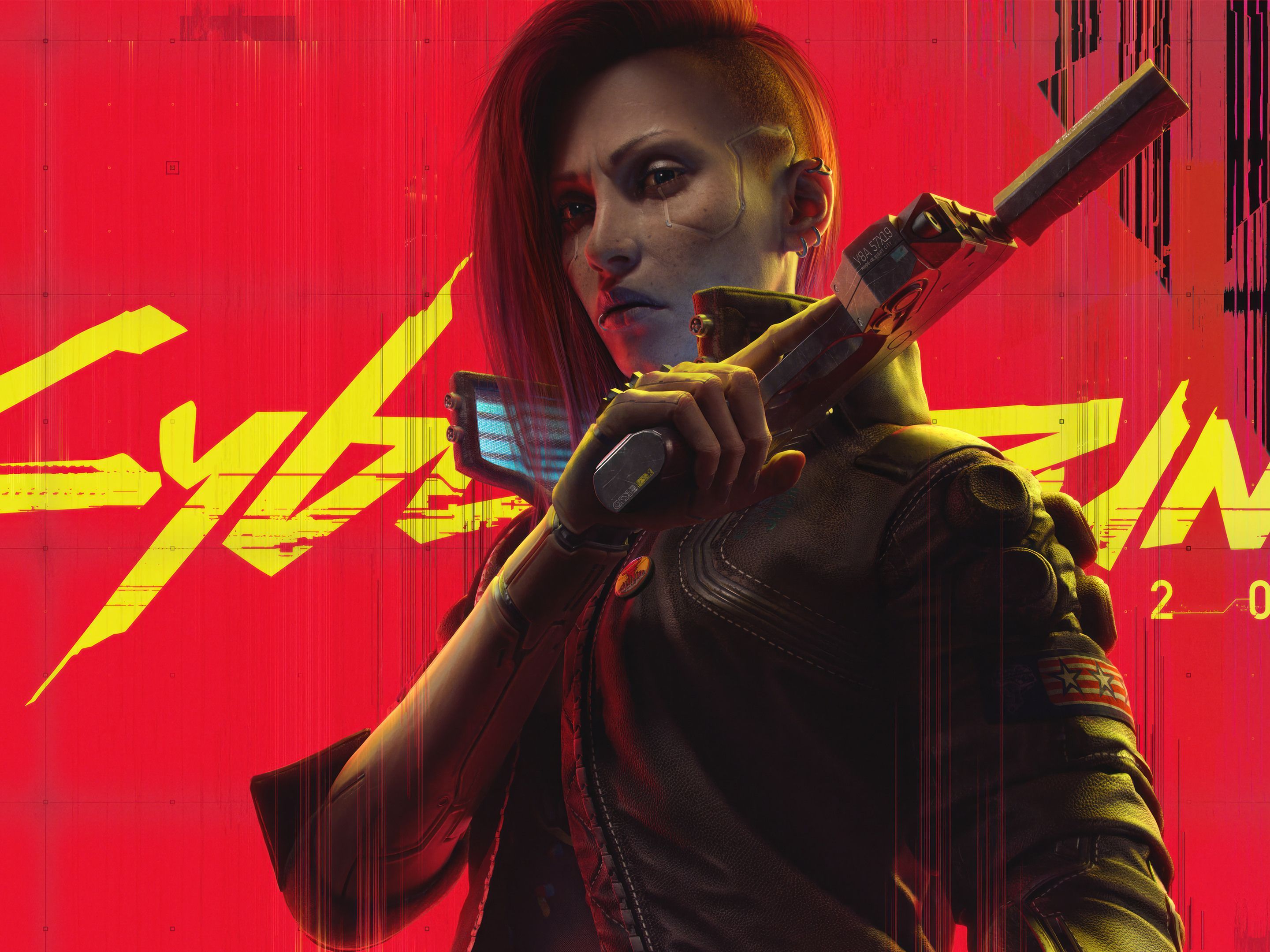The Evolution of Bite-Sized Buzz: Upcoming Trends in AAA Game News Short-Form Content
The landscape of video game news consumption is undergoing a seismic shift. For decades, the primary channels for learning about upcoming AAA titles were dedicated gaming magazines, lengthy website articles, and later, comprehensive YouTube previews and reviews. Today, a new paradigm is emerging, driven by shortening attention spans, platform algorithms, and a voracious audience demand for instant, digestible information. Short-form content—epitomized by platforms like TikTok, YouTube Shorts, and Instagram Reels—is not just an ancillary marketing tactic; it is rapidly becoming a central pillar of how AAA game news is discovered, consumed, and shared. The trends shaping this evolution are redefining engagement, storytelling, and even development cycles themselves.
1. The Rise of the "Vertical Video First" Strategy
Gone are the days when a horizontal trailer was simply repurposed and cropped for mobile viewing. Forward-thinking publishers are now adopting a "vertical video first" strategy for certain announcements. This isn't merely a formatting change; it's a fundamental rethink of narrative composition.
A key trend is the creation of bespoke vertical assets that tell a micro-story independent of the standard widescreen trailer. Imagine a 30-second vertical video for the next Call of Duty that doesn’t show sweeping battlefield vistas, but instead focuses intimately on the details: the rain dripping off a soldier’s helmet, the intricate reload animation of a new weapon, or a close-up of a character’s face during a tense moment. This approach is hyper-focused, shareable, and designed to trigger an emotional response—awe, excitement, curiosity—in under a minute. The horizontal trailer remains the "director's cut," but the vertical clip is the potent, viral hook.
2. Nano-Announcements and Teaser Ecosystems
The traditional cycle of announce-date-show-release is compressing into what can be termed "nano-announcements." Instead of one massive info dump, publishers are drip-feeding micro-content to build sustained hype. A single piece of concept art, a 5-second GIF of a new character model, or an audio snippet of the soundtrack can now constitute an official "announcement" on social media.
This creates a "teaser ecosystem" where each piece of micro-content is a puzzle piece. The community then collectively assembles these pieces, fostering engagement and speculation. For instance, a developer might post a cryptic environmental shot from an unannounced game. Within hours, the community will have analyzed the architecture, foliage, and color palette to guess the setting, engine, and possible release window. This transforms the audience from passive consumers into active detectives, deepening their investment in the game long before any formal details are revealed.
3. Authentic, Unfiltered Developer Snippets
Polished PR speak is losing ground to raw, authentic glimpses behind the curtain. Short-form platforms are perfect for developers to share unfiltered, off-the-cuff content. This trend moves beyond staged interviews to quick, casual videos from the studio floor.
A lead animator might use a TikTok video to show off a cool physics bug they just fixed. A narrative designer might share a single line of dialogue they’re proud of, discussing the nuance behind it. This raw access demystifies the development process and builds a powerful human connection between the creators and the community. It fosters goodwill and transparency, making the audience feel like insiders on a multi-year journey, rather than just customers waiting for a product.
4. Interactive and Gamified Short-Form Content
The line between content and interactive experience is blurring. We are seeing the emergence of short-form content that requires active participation. A simple example is a puzzle posted as a Reel where users have to comment to solve it, potentially unlocking a new teaser for everyone.
More advanced trends include AR filters on Instagram and TikTok. A publisher could release a filter that lets users "wear" the helmet of a game's protagonist or place a iconic game weapon in their living room. These filters are not just novelties; they are powerful, immersive branding tools that allow users to physically engage with a game's IP, generating organic, user-generated content that spreads the news far beyond the publisher's own channels.

5. Hyper-Targeted, Platform-Specific Narrative Crafting
Publishers are increasingly aware that each short-form platform has its own unique culture and language. The content crafted for TikTok, which thrives on trends, humor, and high-energy editing, will be fundamentally different from that made for YouTube Shorts, which has a stronger lean toward informative and tutorial-based content, or for X (formerly Twitter), which is driven by wit and timely discourse.
The trend is towards hyper-specific narrative crafting. A reveal for a quirky, comedic game might be perfectly suited for a TikTok trend, while a deep dive into a complex RPG's skill tree would be tailored for YouTube Shorts. This means marketing teams are no longer creating one piece of content for all platforms; they are creating nuanced, platform-native stories that speak directly to the specific community on each channel.
6. Data-Driven Real-Time Reaction and Iteration
The instantaneous feedback loop of short-form content is a goldmine of data. Publishers can track which nano-teaser garnered the most saves, which vertical clip had the highest completion rate, and which developer snippet sparked the most positive comments.
This data is then used not just to refine marketing, but in some cases, to inform development itself. If a particular character or feature revealed in a short video generates an overwhelmingly positive response, developers might be incentivized to expand on that element. Conversely, negative reaction to a revealed mechanic can provide early feedback long before the game's beta. This creates a dynamic, almost real-time focus group of millions, influencing the project while it's still in active development.
Conclusion: The Micro becomes Macro
The future of AAA game news is not less content, but more content—of a shorter, sharper, and more intentional variety. These trends point to a more immersive, interactive, and intimate relationship between game creators and players. The journey to a game's release is becoming a continuous narrative told in daily micro-chapters, each designed to captivate, engage, and build a community.
Short-form content is evolving from a mere marketing tool into a vital storytelling and engagement medium in its own right. It is where hype is born, refined, and sustained. For AAA games, whose development cycles are long and arduous, mastering this new language of micro-communication is no longer optional; it is essential for capturing the attention and imagination of the modern player.














